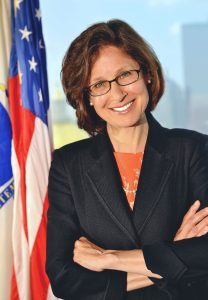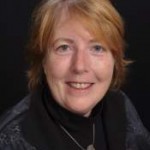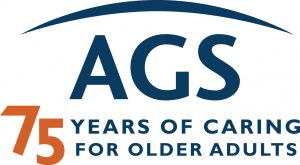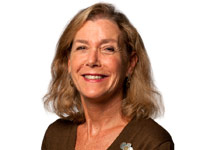This editorial is the work of four authors: two registered nurses with PhDs, one of whom is a former government/public health division director and one of whom leads a national foundation; a certified nursing assistant and director of a national CNA organization; and a nationally recognized health economist and nursing home expert. Their names and affiliations appear at the end of the article.
How We Got Here
For years, extended families formed the backbone of American communities. Children and young adults grew up living with parents and grandparents, or with the grandparents of friends and neighbors down the street. So why is it that we struggle with long-term care — how to create meaningful, purposeful living environments as we age? And why is it that skilled nursing and rehabilitation facilities and skilled nursing facilities (SNFs, historically called nursing homes) are always an afterthought, or completely invisible?
The greatest success story of the 20th century is human longevity; all of us love to tell the story of a relative or friend who has made it into their ninth or tenth decade. However, as a society we have not come to grips with how to care for older people. Antibiotics, pacemakers, renal dialysis, and artificial hearts are just a part of the story that has led to longevity — not to mention the extraordinary achievements of the public health system.
Why We Do This Work
Many of us have had a career focused on supporting or caring for older adults over decades. Why do we do this work? Because we believe we can create a comprehensive system of care, a continuum of health, housing, and social services that can better support ourselves — older people and our care partners — in social engagement and the life of communities. Due to a variety of factors, some form of nursing home care will always be a part of that continuum.
Many not-for-profit associations, for-profit companies, and government agencies focus on creating environments for optimal aging. The John A. Hartford Foundation, a foundation devoted to improving care for older adults, is dedicated to improving care of older adults in every place they reside. Every day the team focuses on its mission and work with national and international organizations, government agencies, universities, and all components of the healthcare system, to try to create Age Friendly Health Systems. They are sorely lacking. Continue reading





